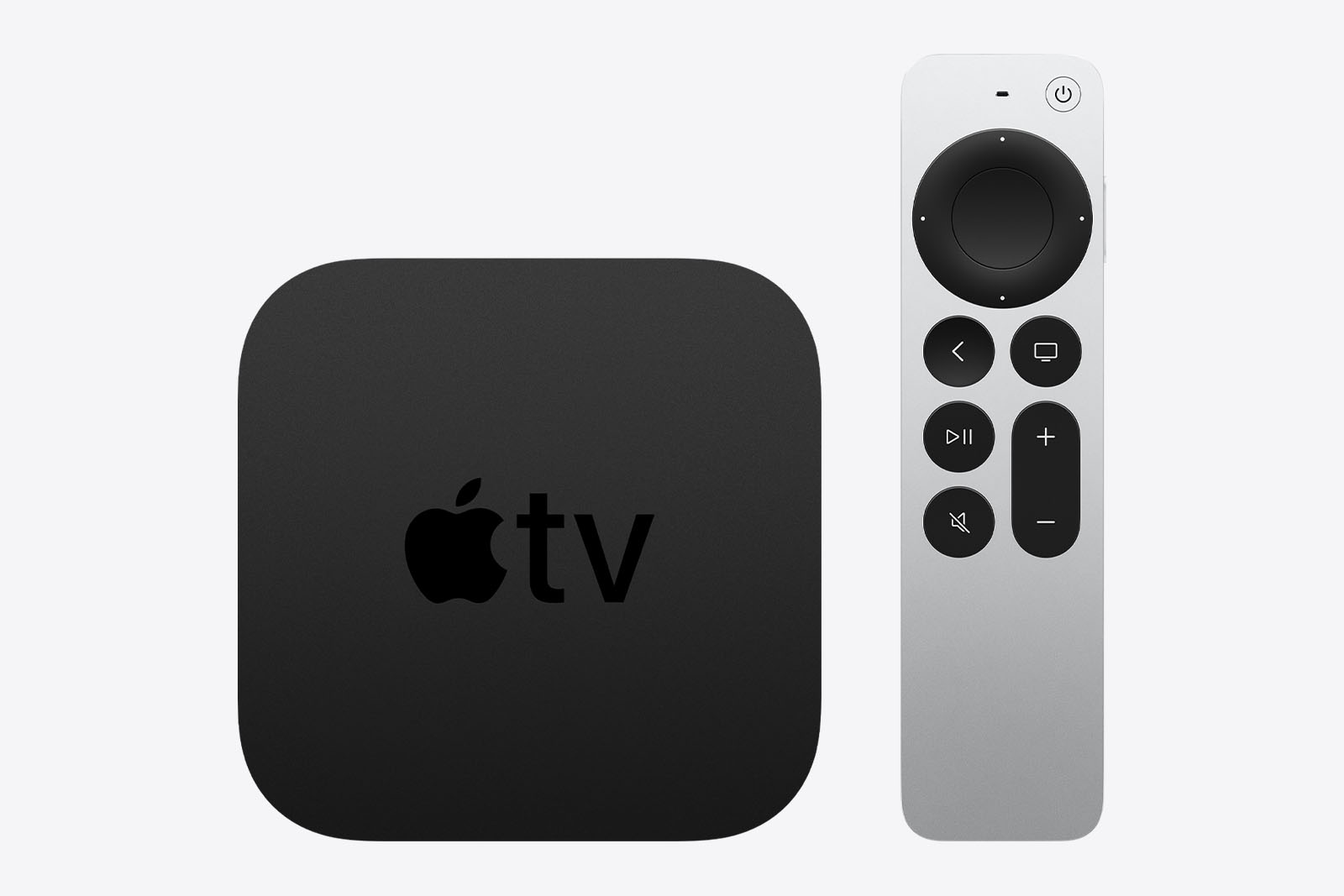A welcome upgrade but the apple hasn’t fallen far from the tree.
Apple TV 4K (2021) review: Overdue upgrade
Ever since the Apple TV+ app launched, it has quickly made its way onto just about every streaming device available, including Apple’s stiffest competition in the space, the Google Chromecast. All the while, one of Apple’s most neglected products, the Apple TV, went nearly four years without an upgrade. I began to wonder if Apple’s magnanimous turn with its TV subscription signalled a shift in its approach to streaming hardware but sure enough, a refreshed model of the Apple TV 4K was announced and released earlier this year.
One passing glance at the specs will tell you that existing Apple TV 4K owners don’t need to upgrade but it’s still a fantastic streaming solution, particularly if you don’t have a smart TV and you’re deeply entrenched in the Apple ecosystem.
How much does the Apple TV 4K cost in Australia?
The second-generation Apple TV 4K is so similar to its 2017 predecessor that Apple isn’t charging you any extra for it. The new 2021 SKU replaces the older model at $249 for the 32GB model and $279 for the 64GB model. If you’ve already got an older Apple TV, you can also purchase the new Siri remote for $79 by itself. The Apple TV 4K is sold through Apple’s online store, Amazon, Officeworks, Harvey Norman and The Good Guys but the price doesn’t change much between stores. Amazon has the only notable discount on the Apple TV 4K at the moment, selling the 64GB model for $265 ($14 cheaper than the RRP).
New Apple TV 4K pricing and where to buy it
Realistically, Apple couldn’t jack the price up on this 2021 Apple TV 4K even if it wanted to. It’s not a new device, just a product refresh. If anything, the familiar price tag reiterates the Chromecast with Google TV’s superior value.
Small changes: Apple TV 4K Gen 2 (2021) vs Gen 1 (2017)
Some fancy new features are arriving on Apple TV devices but many exciting improvements aren’t exclusive to the latest model. Colour balance and PlayStation 5/Xbox Series S|X controller support both arrived with tvOS 14.5 and Spatial Audio will arrive with tvOS 15 and, as I’ve mentioned, the new Siri remote is compatible with all existing Apple TV devices.
The handful of technical improvements inside the box are nice to have, just not monumentally different. There’s the new A12 Bionic Chip for improved performance, HDMI 2.1 and High Frame Rate support and WiFi 6 connectivity to take advantage of faster internet speeds. I’ll dig more into how those new features pan out below.
The New Siri Remote is a clear improvement
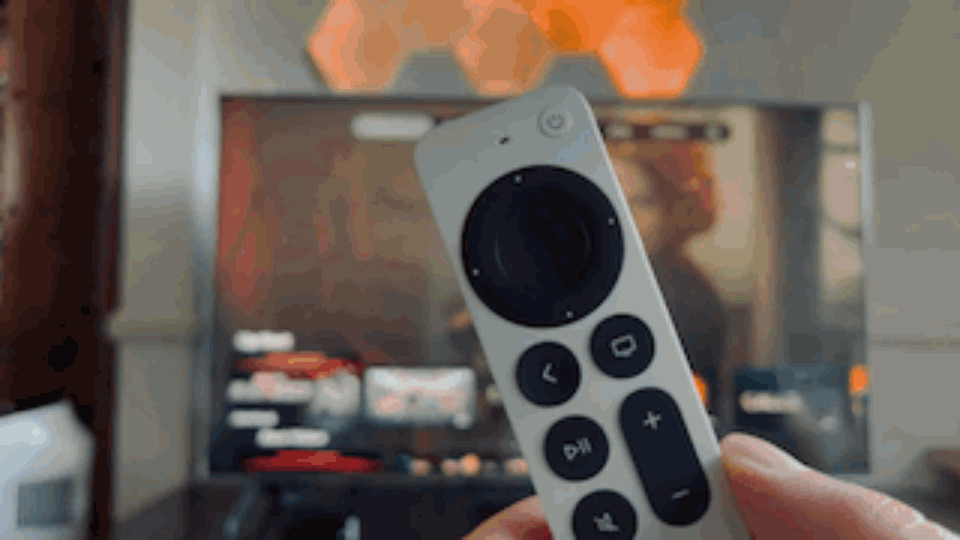
The old glass-panel Siri remote had its fans but they were a rare breed of Apple nut. The new Siri Remote is a welcome improvement for most. It’s longer and has a little more weight to it, so it’s not as easy to lose, but more importantly, the glass-panel touchpad has been replaced with a more tactile click wheel.
There’s no doubt in my mind that the new Siri remote is a substantial improvement on the old model but it’s not at all exclusive to the new 2021 Apple 4K TV. It’s backwards compatible with all existing Apple TV devices and is available separately for $79. If that’s the upgrade that means the most to you, save yourself a few hundred and pick up the new Siri remote by itself.
Performance: Power and potential
Replacing 2017’s A10X Fusion chip, the A12 Bionic is the same brain you’ll find powering the 2019-2020 iPad range, which is a great testimonial considering the power of those tablets. The issue is, the Apple TV 4K doesn’t get a lot of opportunities to flex those muscles.
When the upgraded chipset was first announced, our first thought was what that meant for the future of Apple Arcade on the big screen but the reality is not much has changed yet.
Action titles like Samurai Jack: Battle Through Time look gorgeous on boot-up but start to chug as the game throws more enemies in the fray. The Pathless is a certified stunner on PlayStation 5 that isn’t done justice on Apple TV 4K; it struggles at 1080p and suffers severe pop-in, which isn’t great for such a fast and fluid game.
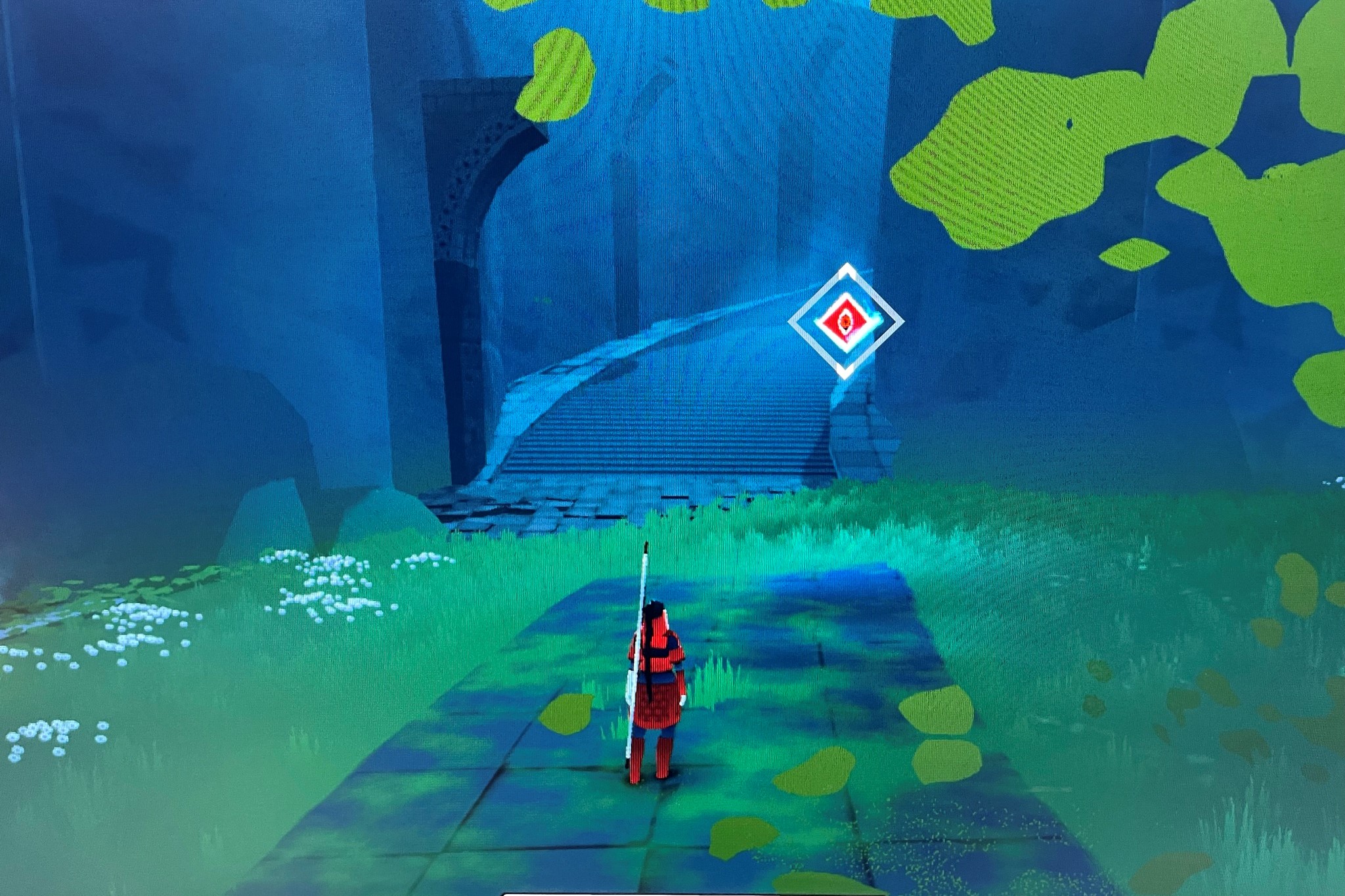
It feels like the majority of Apple Arcade games were optimised for smartphones and tablets first, with Apple TV an afterthought. That’s not a crack at the developers. Apple should offer more support to Apple Arcade devs if it wants to take gaming seriously.
The latest Apple TV 4K has got the power and the potential but it still isn’t a gaming device. It’s a streaming device with a lot of room for growth.
The A12 Bionic chip does have other benefits. Navigating menus is notably smoother and switching between TV shows and apps feels as instantaneous as it could be - making the Chromecast with Google TV feels sluggish in comparison. But it’s about as incremental as Apple’s annual smartphone releases (just four years in the making).
Streaming and video
Just like the unrelenting optimism of Apple TV+ star Ted Lasso, the Apple TV 4K’s video quality was never in doubt.
The Apple TV 4K and Chromecast with Google TV are almost identical in terms of specs (4K HDR at 60fps, HDMI 2.1 etc.) but Apple’s device offers a smoother overall experience.
It’s less about the hardware itself and more about the ecosystem and bonus features Apple has built around it. iTunes remains the best digital store to buy and rent TV shows and movies for a couple of reasons (better bonus features and free 4K upgrades) and more recent features, like picture-in-picture allow you to peruse the library while running something in the corner of the screen.
My one gripe is that Apple hasn’t included an HDMI 2.1 in the box. I’m all for cutting back on waste when it comes to oversupplying chargers and earbuds, but HDMI 2.1 is already a hard enough upgrade to describe to the average consumer. I’d wager that most won’t know that their regular HDMI cable won’t let them make the most out of the new device’s High Frame Rate HDR potential.
Home theatre handholding
Whereas the Chromecast with Google TV will send you onto the field and hope for the best, the Apple TV 4K 2021 is a friendlier multimedia mentor.
The settings menus are easy to navigate and features like Colour Balance and HDMI check are simple solutions for optimising your home theatre setup.
Colour Balance is a feature that uses your iPhone’s front-facing camera to identify your television screen’s colour balance, feeding that data back to the Apple TV hardware which then calibrates its output settings to recreate more lifelike colours. In my testing, Colour Balance delivered a much more vibrant image - the original settings appeared sallow in comparison.

Colour Balance in action: Admittedly, a low-res GIF isn't the best way to demonstrate the changes.
Third-party bugs
The only thing besmirching Apple’s picture-perfect reputation is a few third-party apps. The Disney Plus app launched as a buggy mess back in November 2019 but has since found its feet but launching it with the Apple TV 4K gave me flashbacks to the days where it was near unusable. One persistent bug I have on the Apple TV 4K, specifically, is that scrubbing forward and backwards through a TV show like Loki causes the audio to cut out completely. The only solution is to close the app completely and reopen it again - which, as you can imagine, is enough for me to avoid using that app on Apple TV 4K altogether.
Spatial Audio: Beta than nothing
After having my socks knocked off by the Spatial Audio of the AirPods Max, I was champing at the bit to try out the same feature with Apple TV 4K.
Spatial Audio is an advanced 360-degree audio technology that recreates the experience of a surround sound setup when wearing AirPods Pro or AirPods Max.
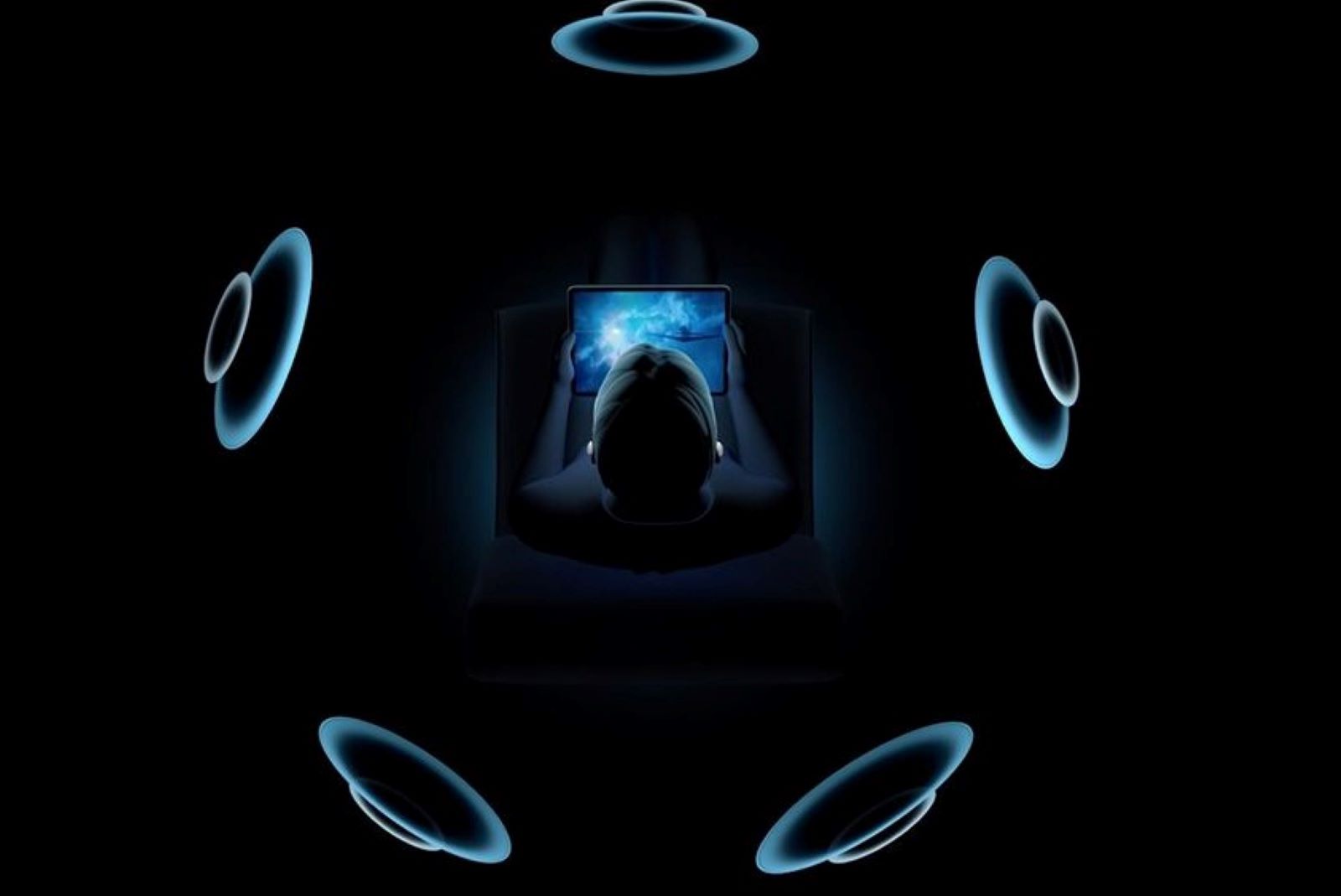
Currently, Spatial Audio is only available if you download the tvOS 15 beta. I did download it for this review and it’s clear that Apple is still refining how Spatial Audio works on Apple TV 4K.
On iPhone 11 and iPhone 12, the star of the Spatial Audio feature is Apple’s clever ultra-wideband U1 chip, which powers the incredibly precise tracking found in products like Apple AirTags. Without the U1 tech in the Apple TV 4K, Apple has MacGyvered an alternative accelerometer-powered solution that detects when you’ve been looking in the same direction for a while and calculates the position of your television based on those assumptions.
The results so far are a mixed bag. When it works, movies with a good Dolby Atmos mix sound glorious, movies like Sam Mendes’ high-energy and harrowing war flick 1917. It’s incredibly liberating to be able to crank up the volume of an explosive action flick without bothering anyone else in the house. But there have been a few occasions where the Apple TV 4K’s head-tracking has been thwarted by my constant fidgeting, resulting in sound placement that’s just slightly off. Those little hiccups are to be expected in beta but even so, I’m thoroughly impressed with the implementation so far.
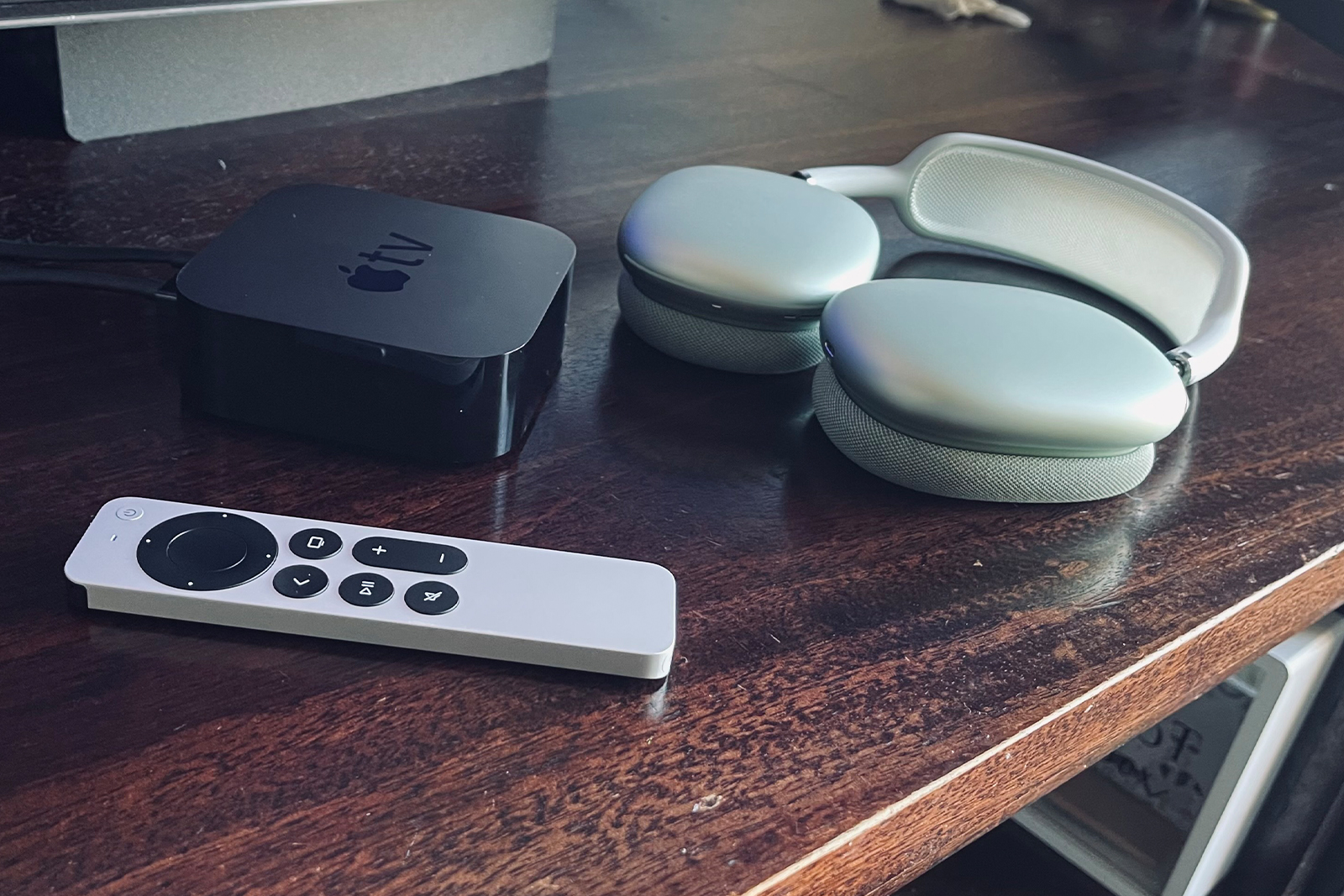
Conclusion: Is the Apple TV 4K worth it?
For freshly indoctrinated Apple One disciples, the Apple TV 4K is the best way to make the most out of the ecosystem and the growing number of subscriptions and services. Likewise for anyone who has invested in a pair of Apple AirPods Max or AirPods Pro. Even in its beta phase, solo surround sound with Spatial Audio has been a game-changer for me, someone who has spent the last ten months consuming TV shows and movies almost exclusively through subtitles (babies, am I right?).
For everyone else, the $99 Chromecast with Google TV is still the best option for an affordable, all-in-one streaming device. Especially now that it has Apple TV Plus.
Related Articles





